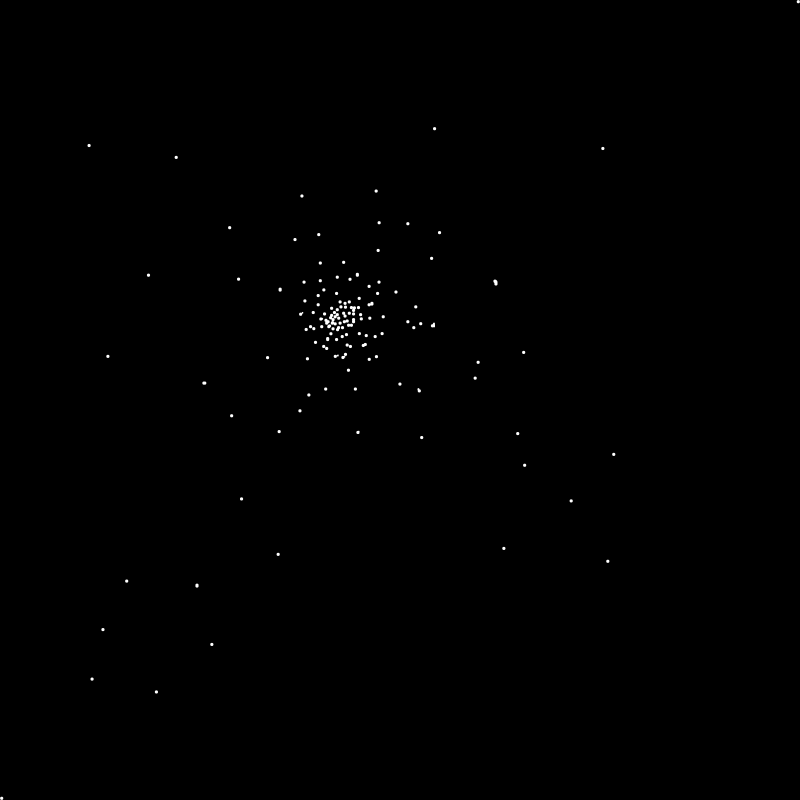Could you expand on that a little - too big for what? The WFcubed system? The WFtng system? The published maps and charts? All have their strengths and problems, after all.
FWIW, I am currently looking at references to "light years" in the TNG transcripts and there's frequent suggestions that the E-D travels significantly faster than their "official" speeds.
FWIW, I am currently looking at references to "light years" in the TNG transcripts and there's frequent suggestions that the E-D travels significantly faster than their "official" speeds.

